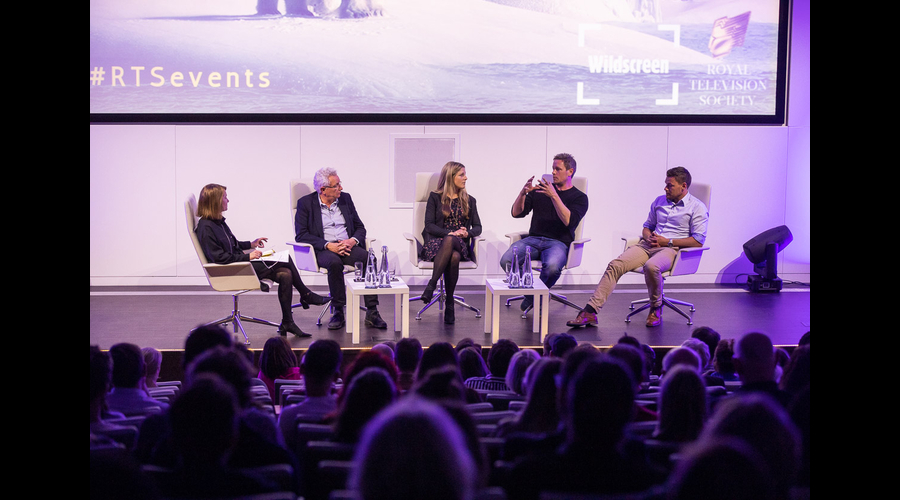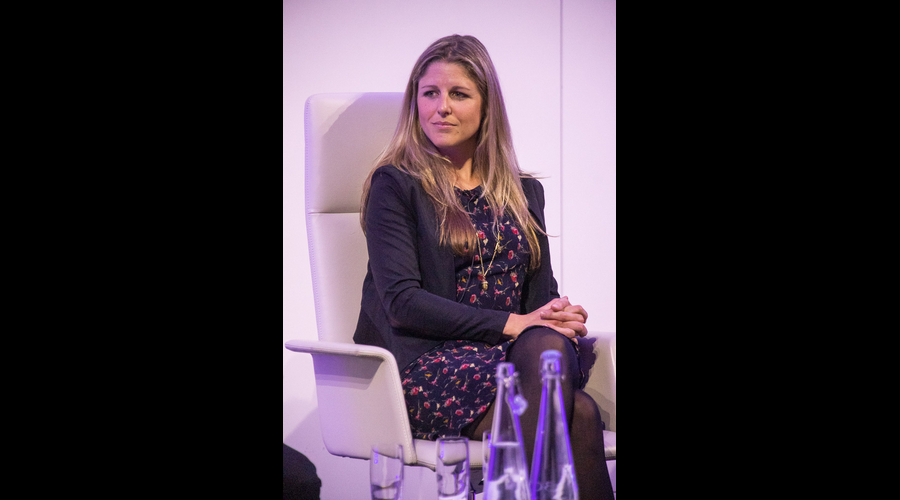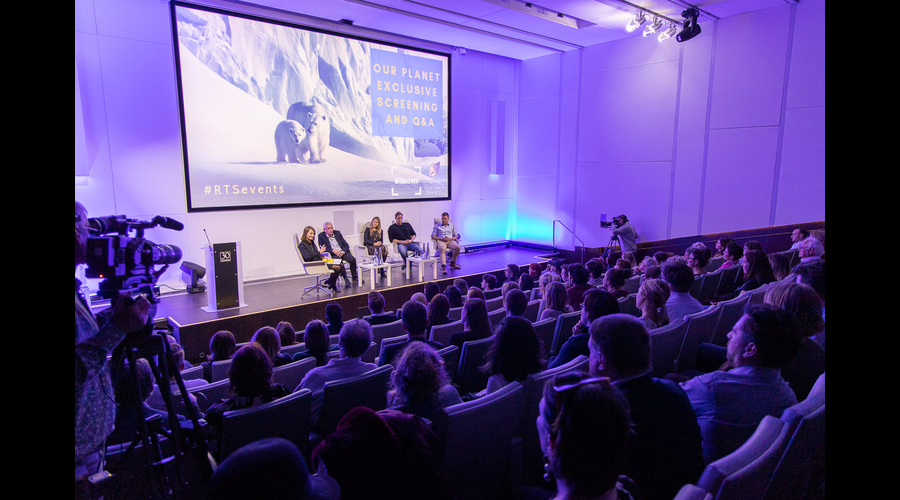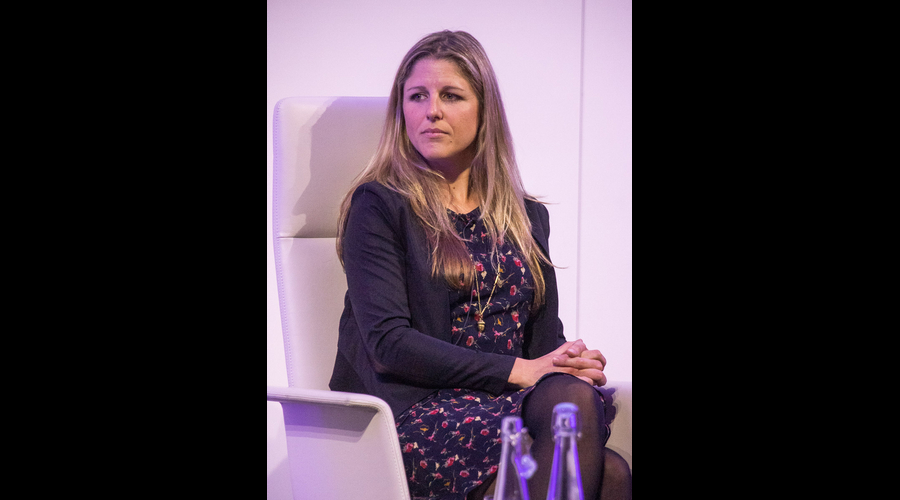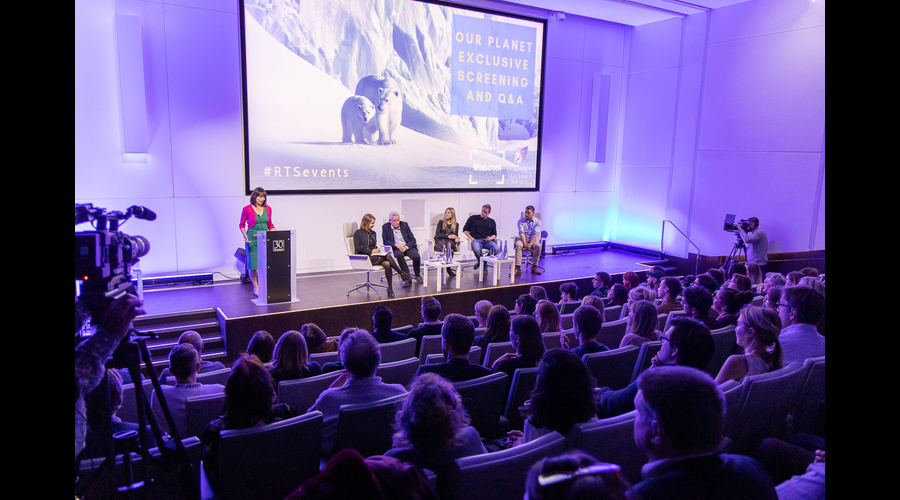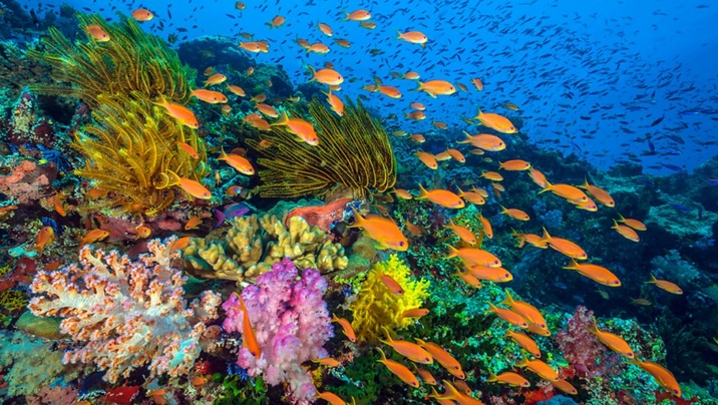Scenes of walruses jammed together “out of desperation” on a beach as a result of climate change have become one of the defining images of Netflix’s new landmark natural history documentary, Our Planet.
The sequence – a huge topic on social media - was described by award-winning natural history cinematographer Jamie McPherson as “the most powerful he’s ever shot.”
McPherson was discussing the series, which launched on the streaming service on April 5, at a joint RTS-Wildscreen screening of the Frozen Worlds episode, which featured the walruses.
“The sequence has become a symbol of climate change,” said Keith Scholey, series producer of the eight-part Our Planet, which is narrated by David Attenborough.
“There is shock but also the revelation that everyone thinks we’ve got to do something about it.”
With the impact of the London Extinction Rebellion protest still reverberating – hours before the screening demonstrators had glued themselves to the London Stock Exchange – the timing of the event could not have been more appropriate.

(Credit: Sophie Lanfear/Silverback/Netflix)
Scholey, one of the world’s most experienced wildlife film makers, told a packed audience how he had reacted when he first saw the rushes of the stranded walruses, filmed in north east Russia.
He said: “There’s a palpable excitement when you know you’ve filmed something that is important. I was shell shocked when I first saw it. I am still shell shocked.”
Around a 100,000 of the creatures that once survived happily on the Russian ice are seen densely packed together on a shingle beach.
Later viewers see some of the walruses trapped on top of a cliff.
A few manage to work out how to get safety back down to the shore. Tragically, the majority end up killing themselves as they tumble down the cliff.
“It’s tragic, heart-breaking and shocking,” said Sophie Lanfear, producer of Frozen Worlds, episode two of Our Planet. The series is made by Silverback Films, formed by Scholey and his one-time colleague at the BBC Natural History Unit, Alastair Fothergill, in 2012.
Lanfear told the RTS how she had prepared for filming this episode by watching every documentary she could get her hands on featuring the natural history of the North Pole and Antarctica.
“I’ve done a lot of work at the Poles…After watching all these documentaries I realised that the important message of our time is to differentiate between sea ice and land ice.”
The first section of Frozen Worlds explains how sea ice works and its importance in supporting an abundance of life.
With sea ice disappearing rapidly due to climate change it is not only the animals like the walruses that are under threat but the entire Polar eco-system.
In another sequence we learn how krill stocks are reducing in the Polar Regions, a fact that is likely to have disastrous consequences for the humpback whales who feed on krill.
Our Planet, in common with David Attenborough’s recent BBC One film, Climate Change – The Facts, pulls no punches on the climate crisis – but it also sets out to wrap its eco-message in an entertaining context.
There are heart-warming pictures of penguins as a father somehow identifies his own chick in a colony of half a million birds.
“You have to strike the right balance between informing and entertaining and showing the glory of the natural world,” said Scholey.
By the end of the month Our Planet, which was made in partnership with the World Wildlife Fund, is likely to have been seen by more than 25 million households globally.
Scholey told the RTS that Netflix had given him and his team a lot of freedom. As a subscription service, there was no risk that advertisers might exert pressure on the film – and no necessity to follow BBC programme-making guidelines.
The lure of a genuinely global audience was thrilling.
“It is remarkable that overnight you can broadcast to nearly all the countries in the world. It’s been fascinating…
“It’s been a good journey. I think Netflix are now happy with what we do,” he said with typical understatement.
The Our Planet Exclusive Screening and Question and Answer Session was held at 30 Euston Square, London on April 25. The producers were Wildscreen Director Lucie Muir and Festival Co-ordinator Molly Gibney, and the RTS’s Jamie O’Neill. A full report will appear in the May edition of Television magazine
Gallery photos by Paul Hampartsoumian



